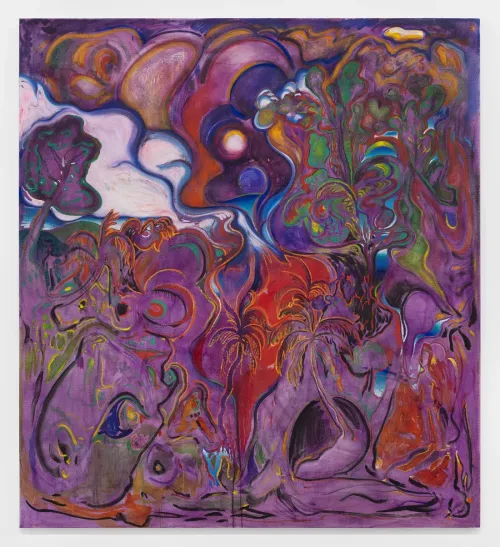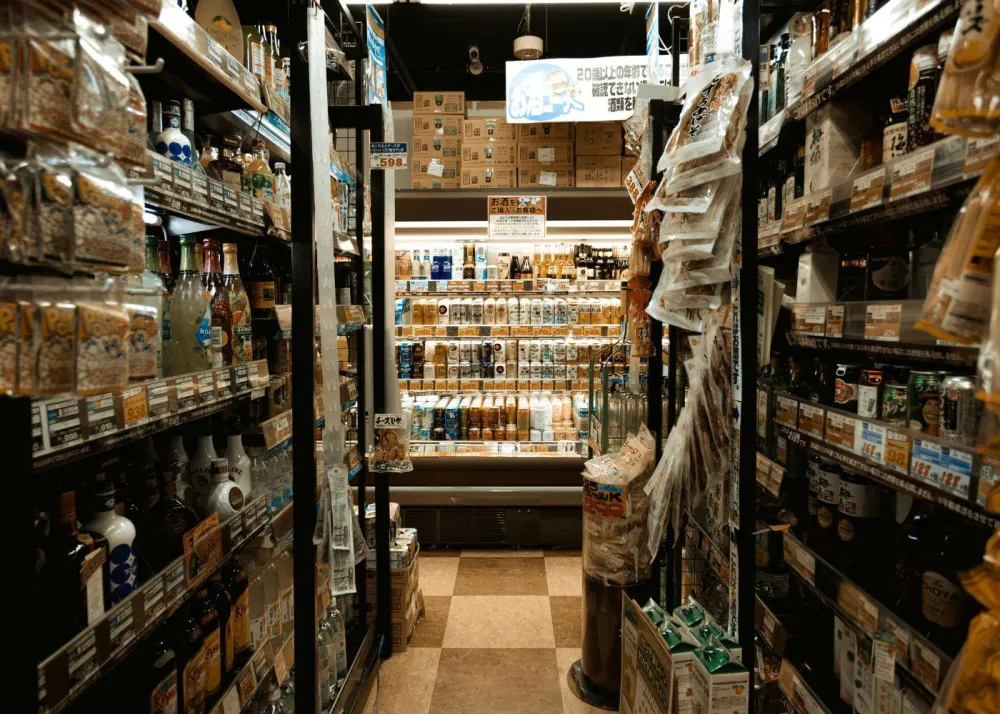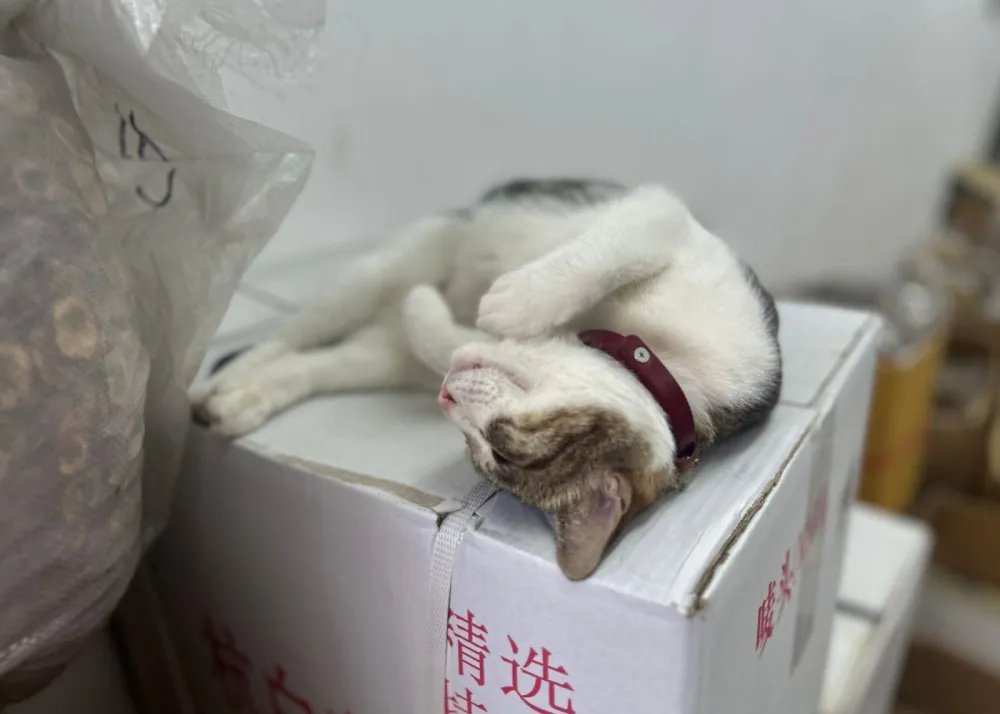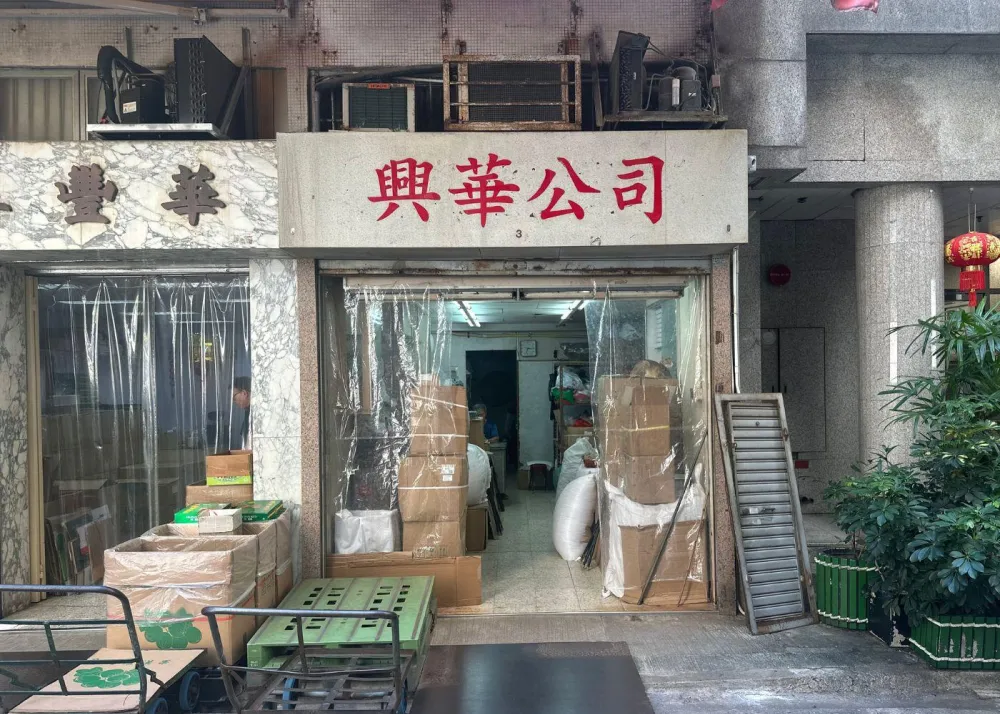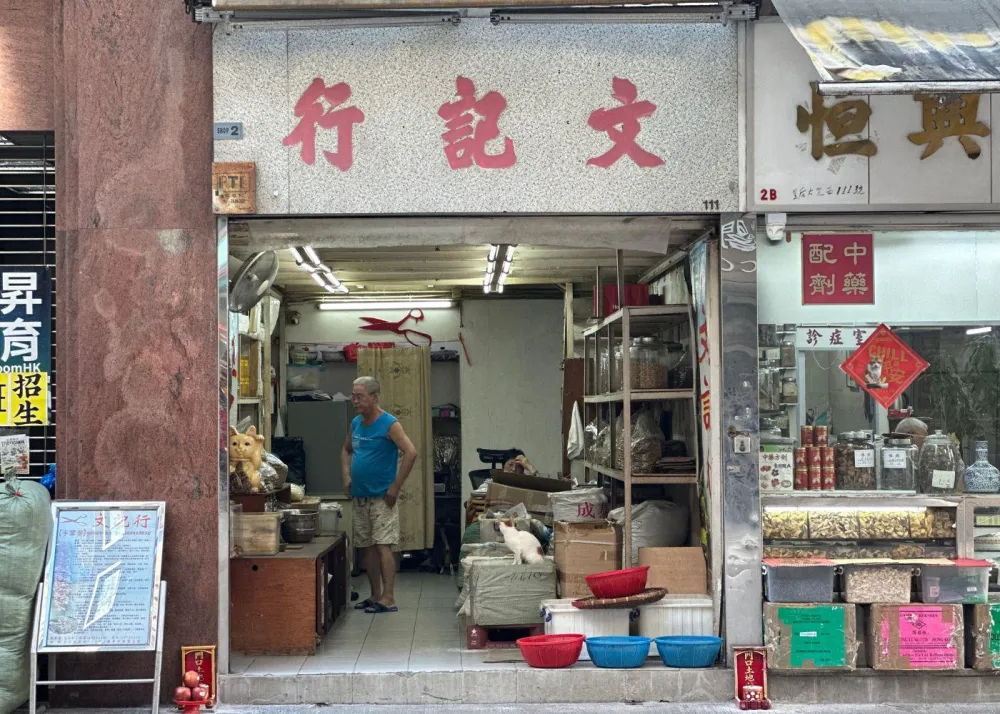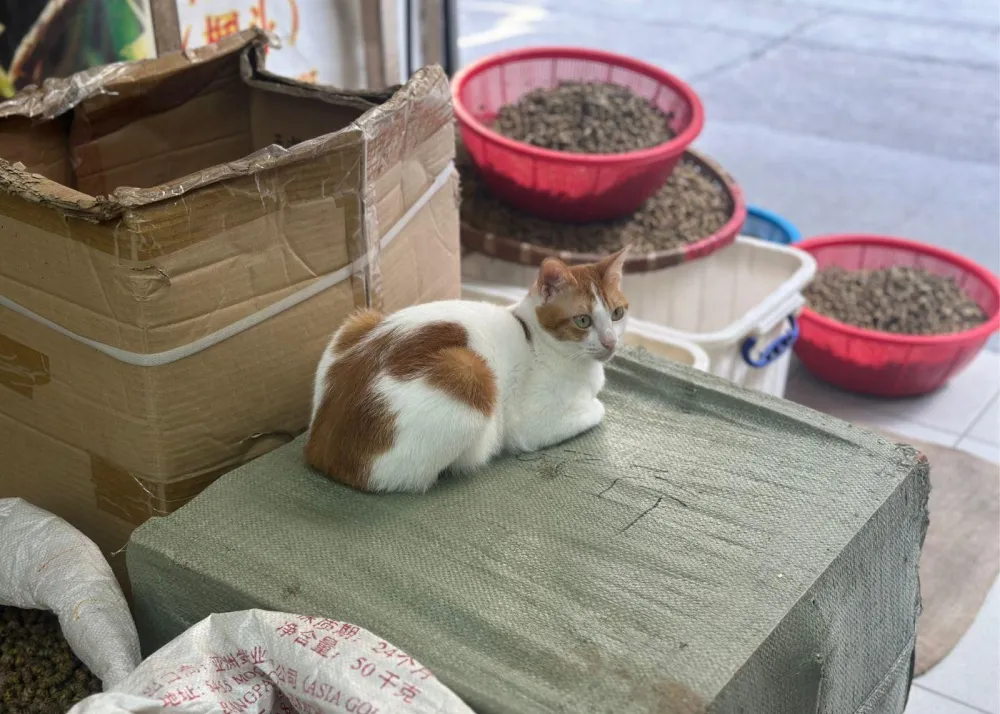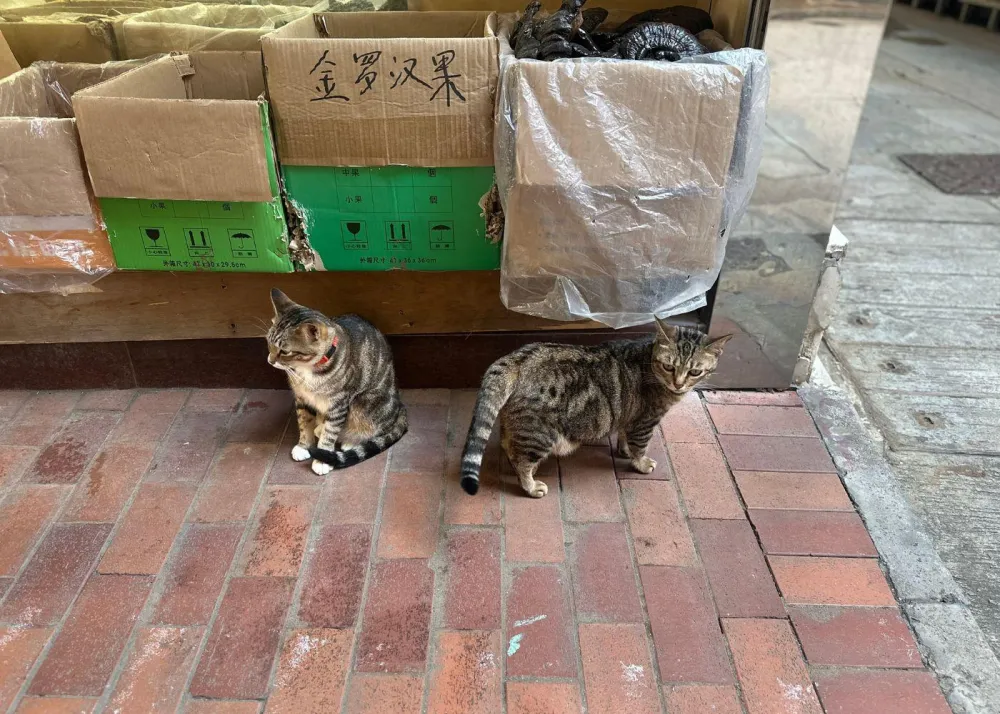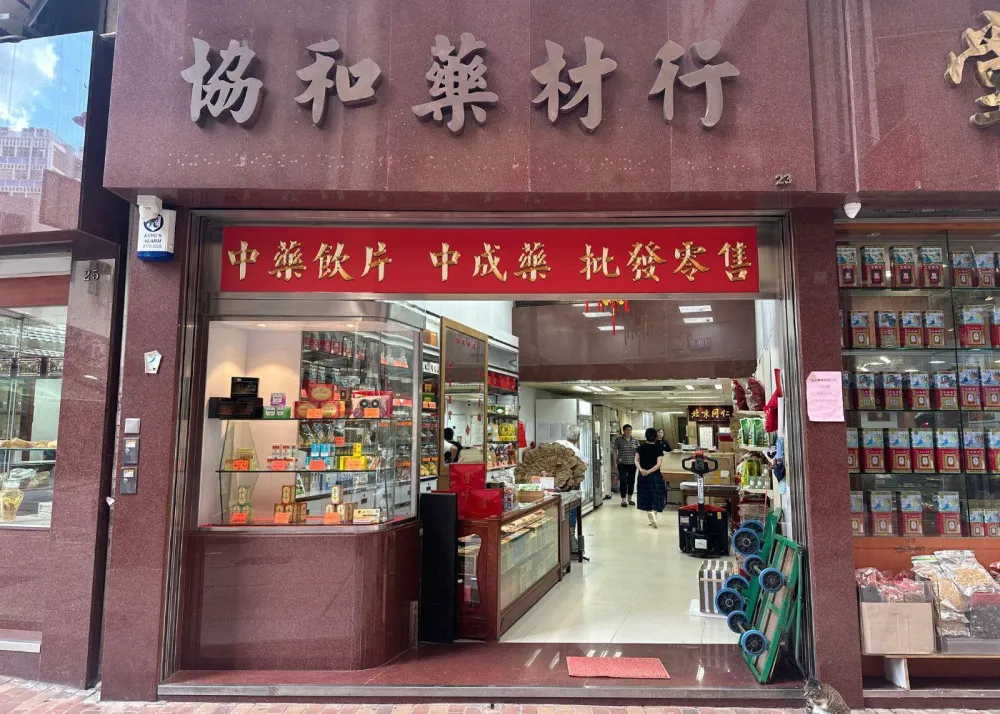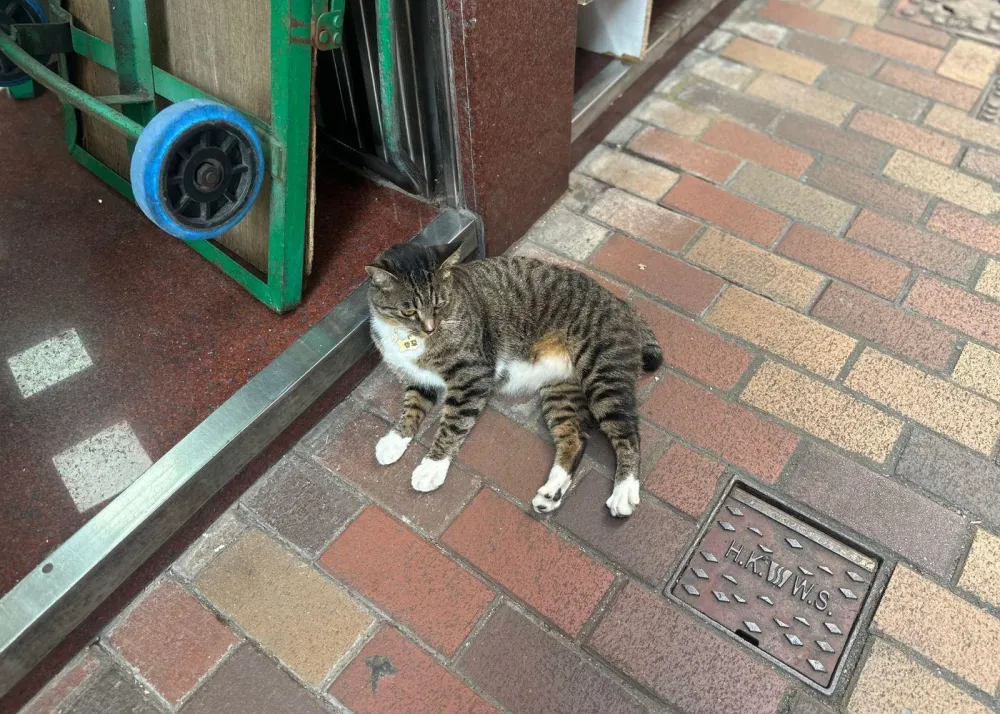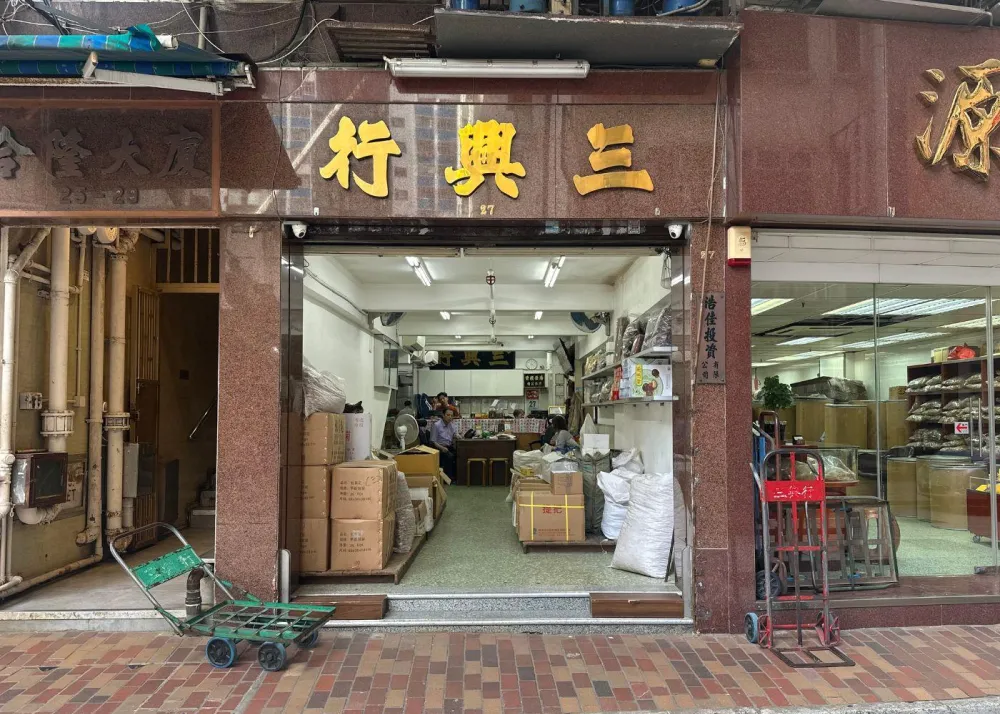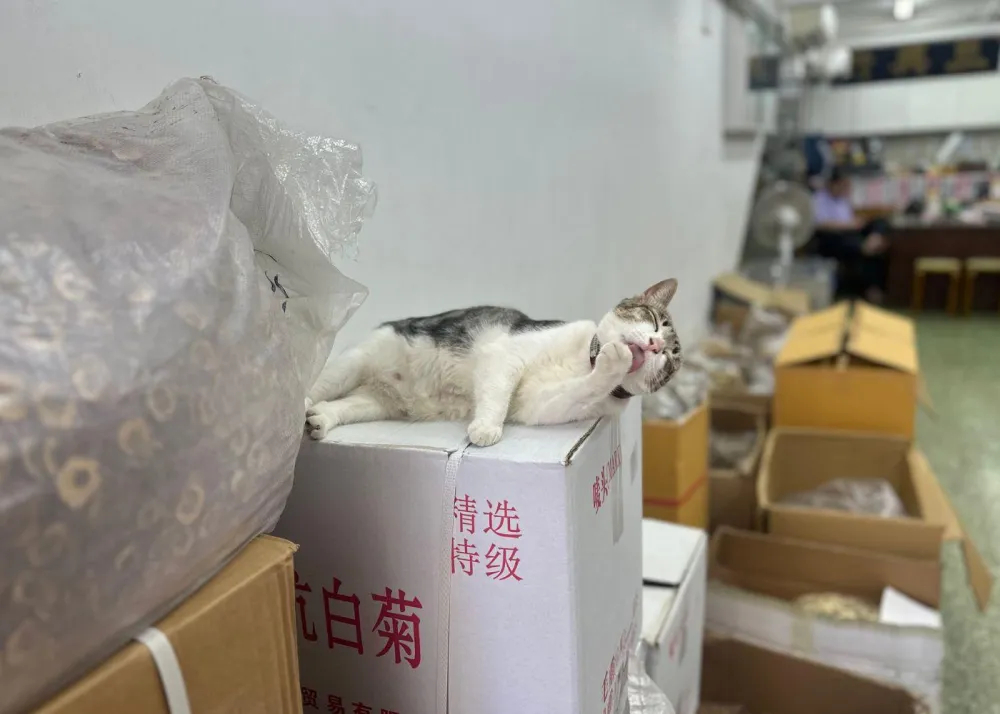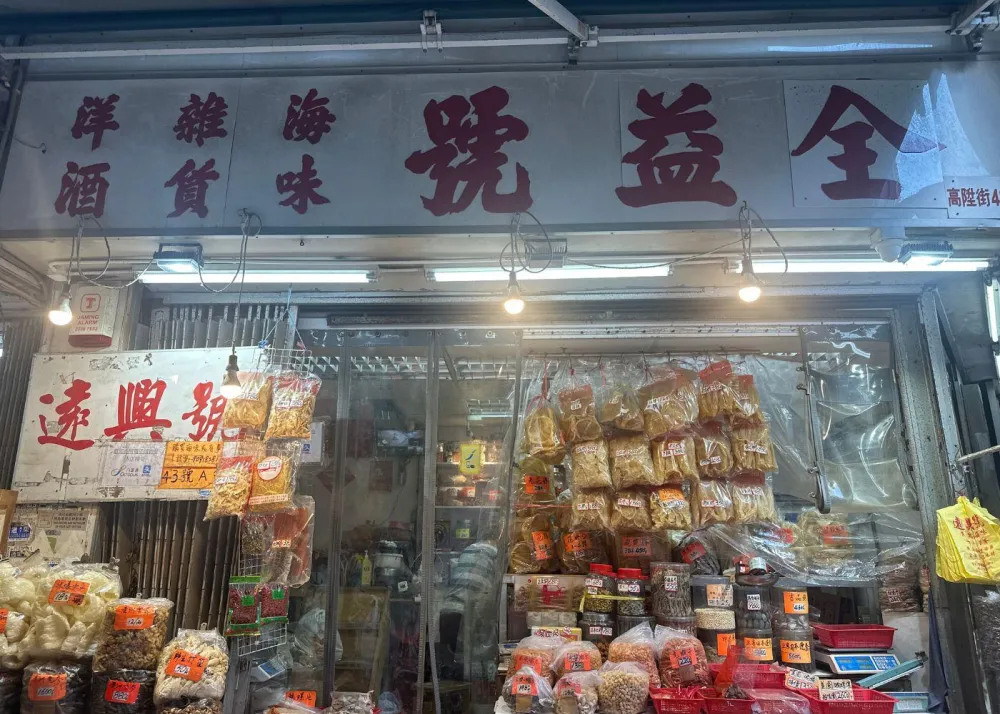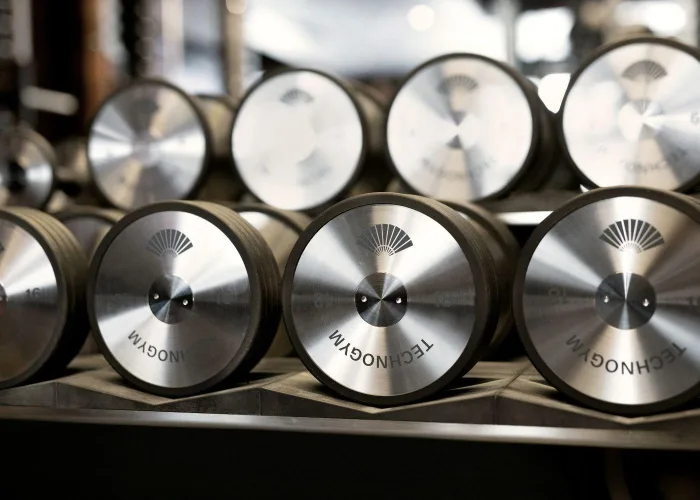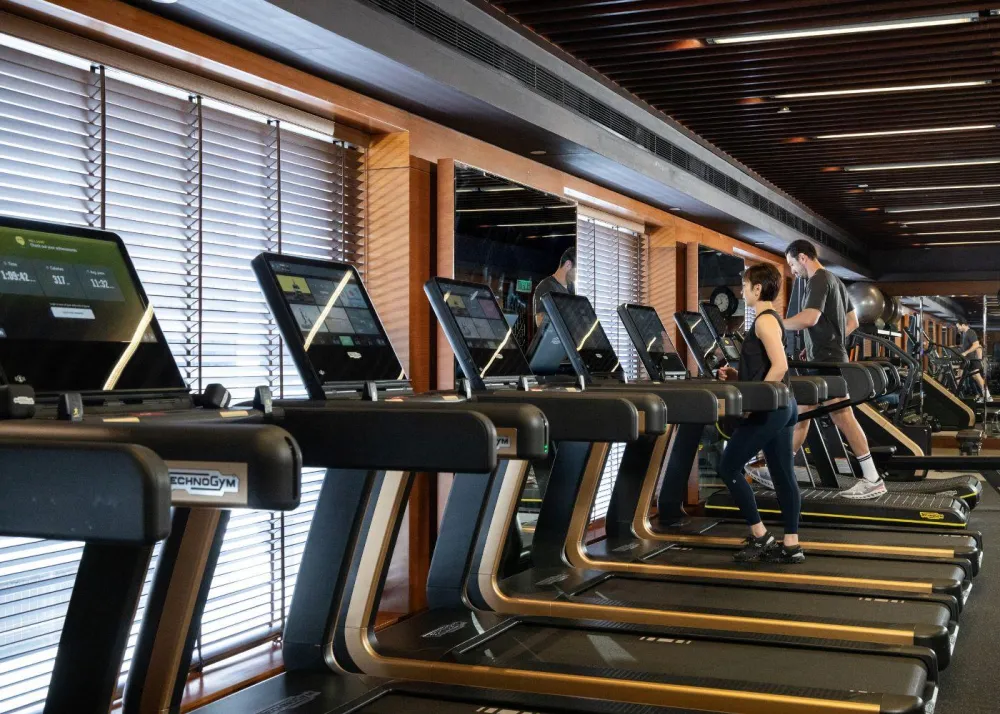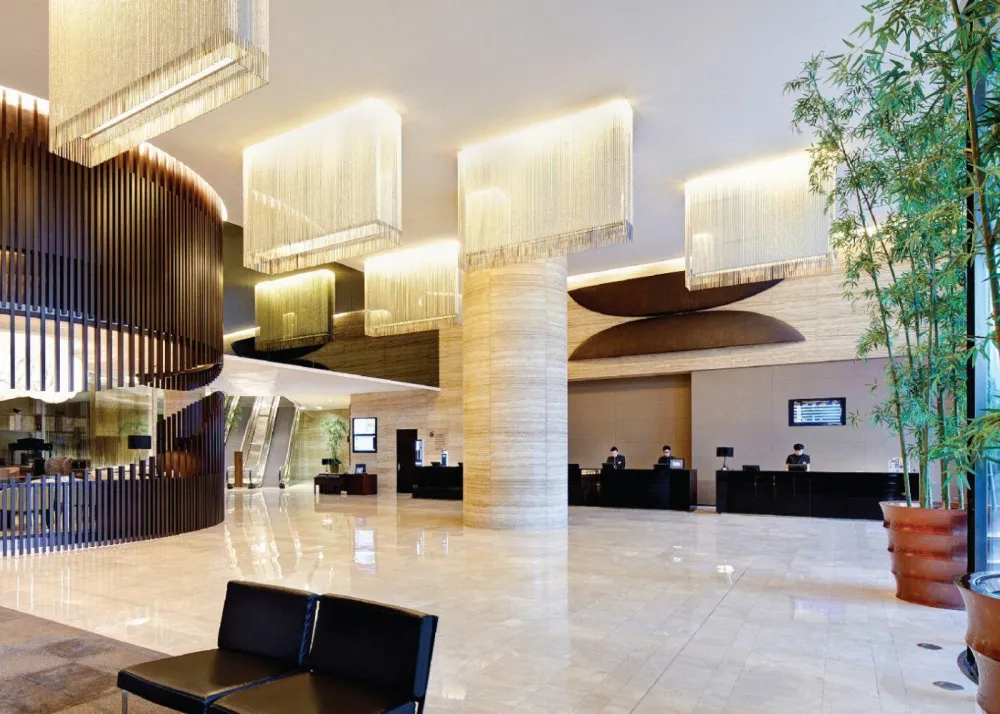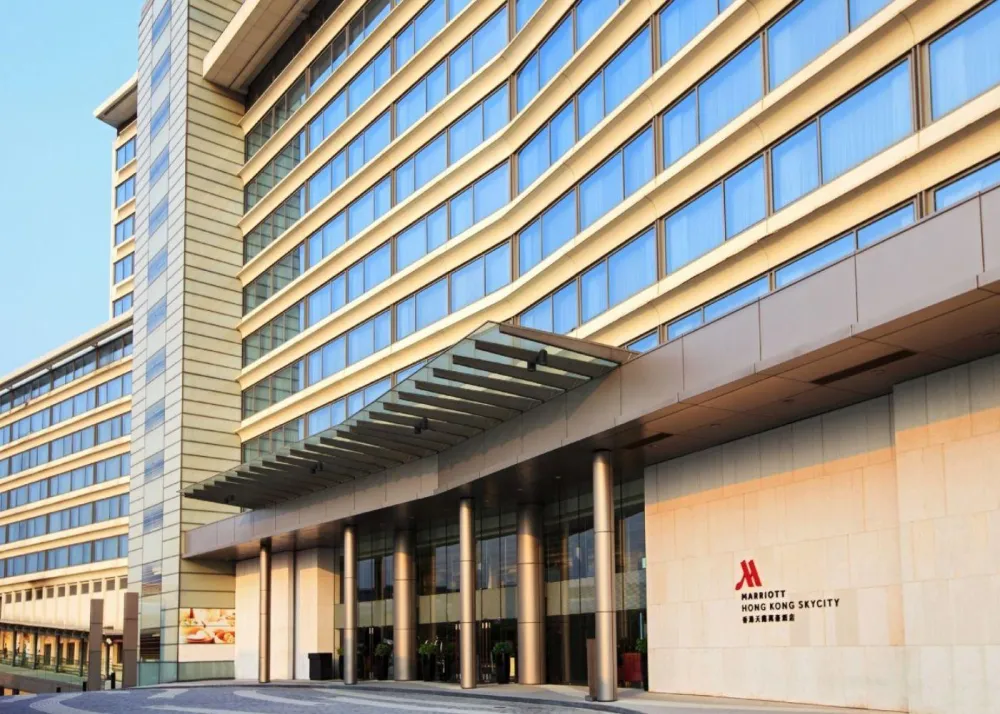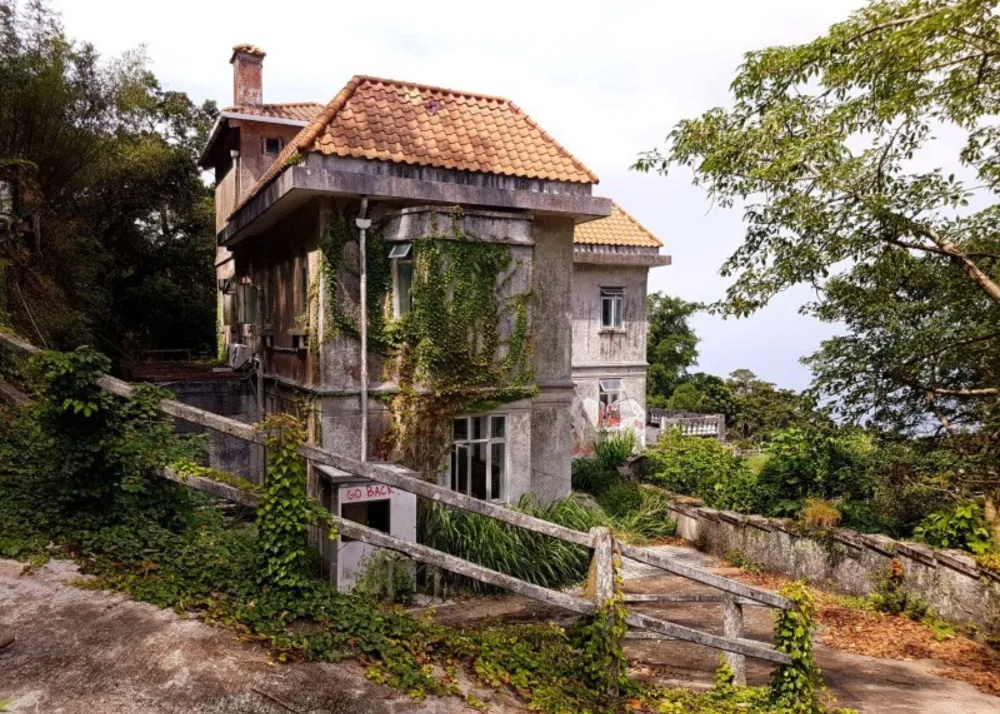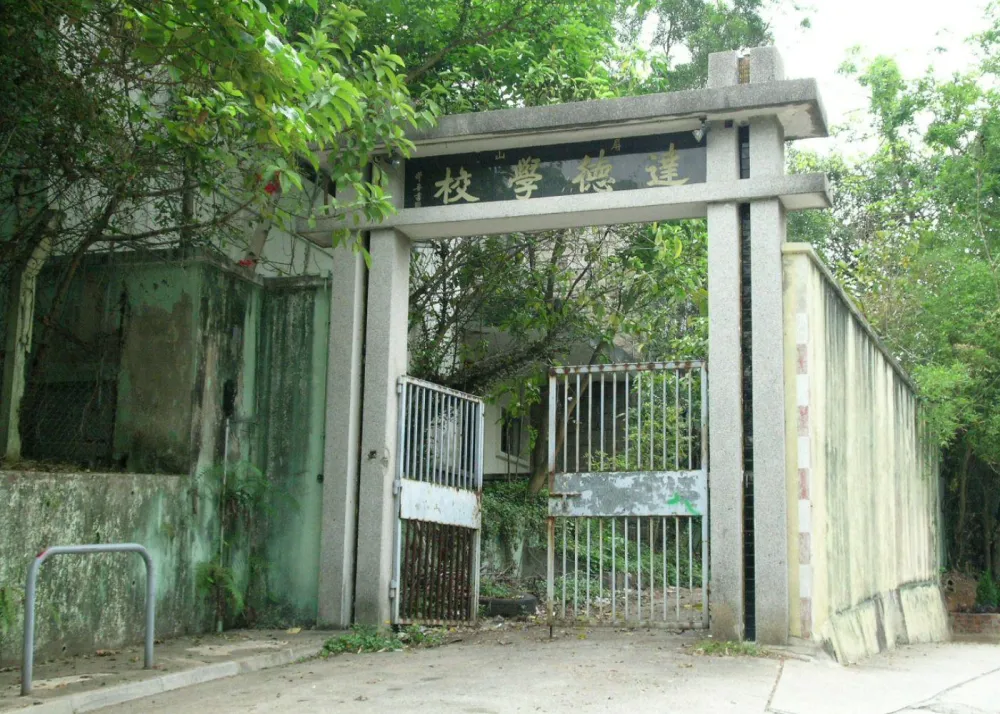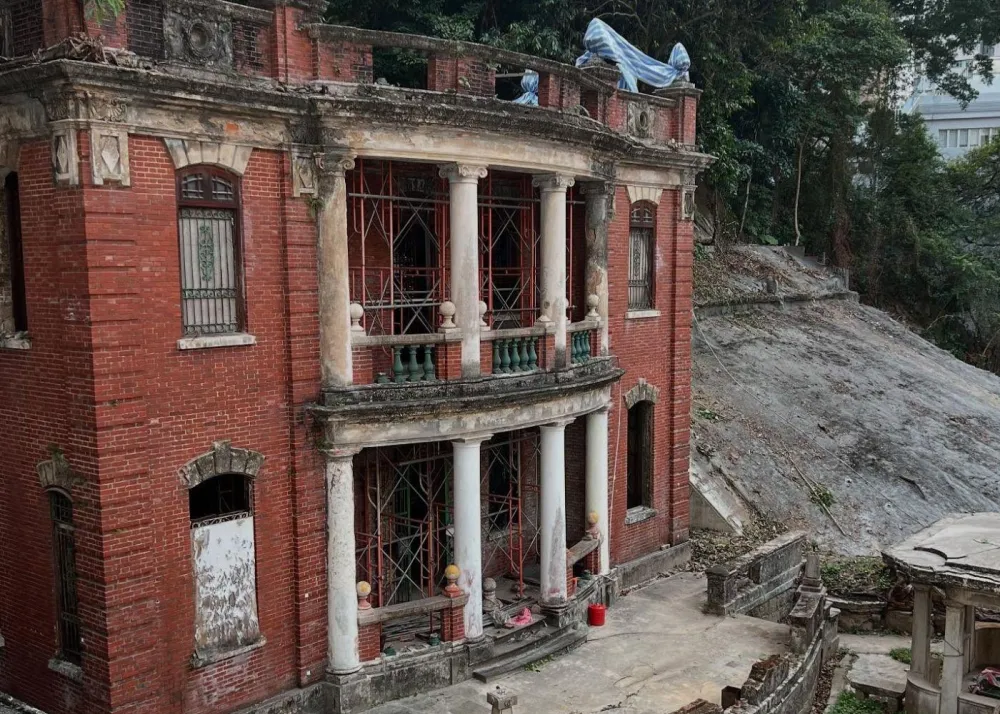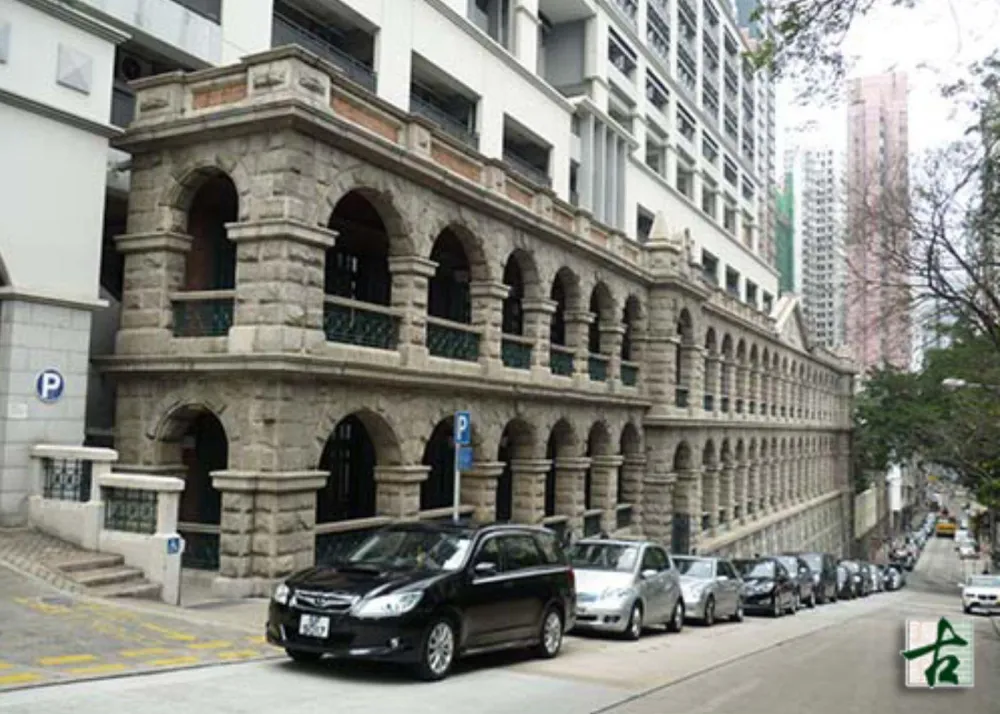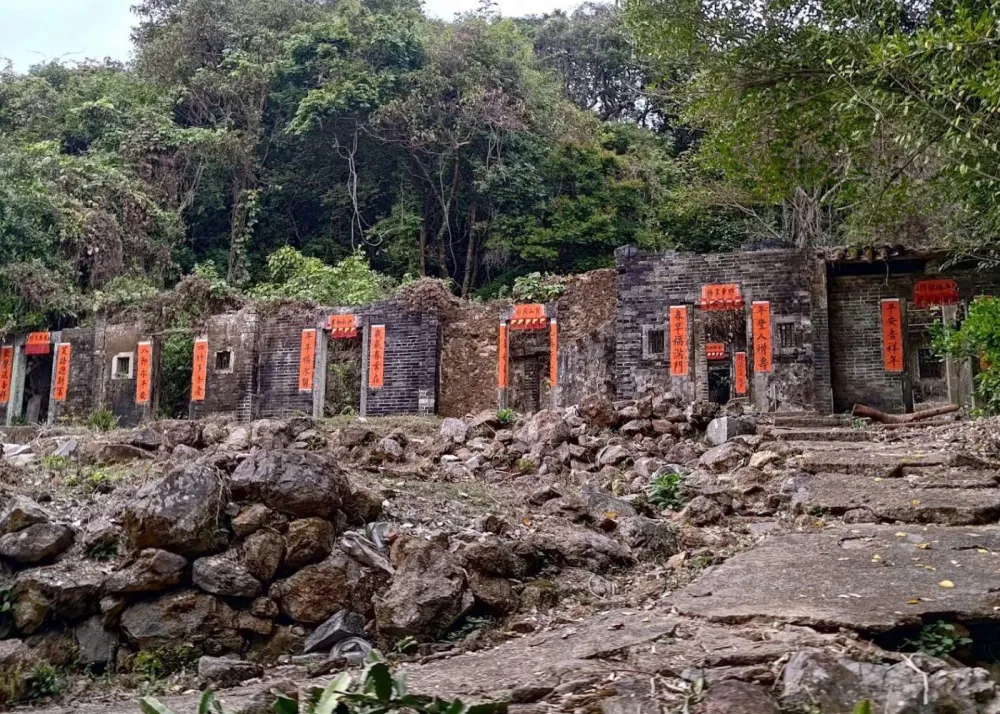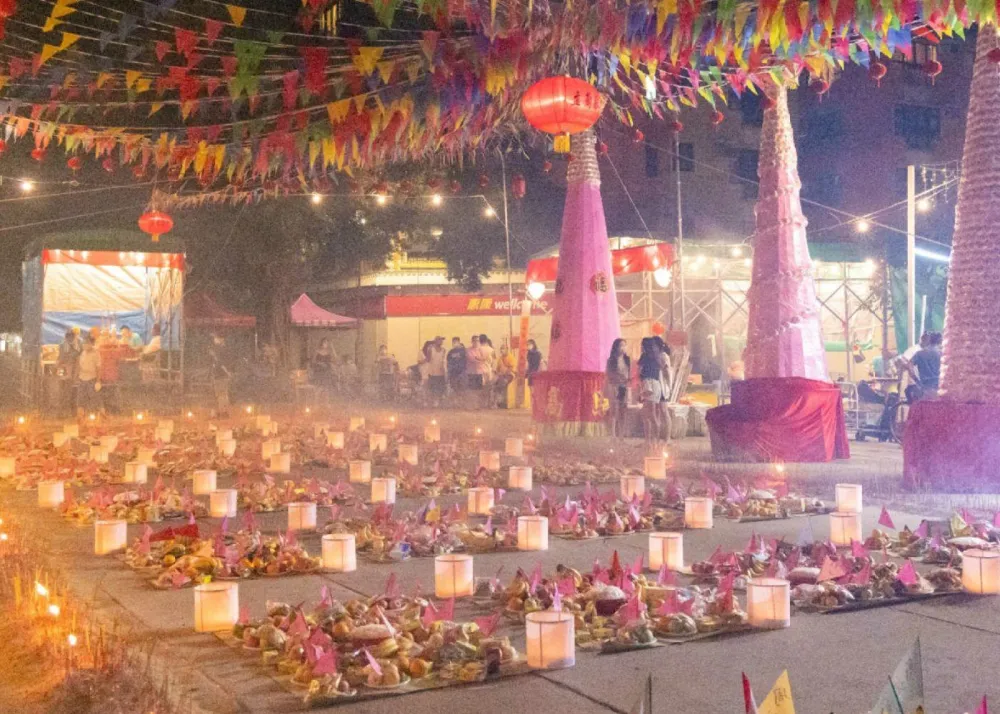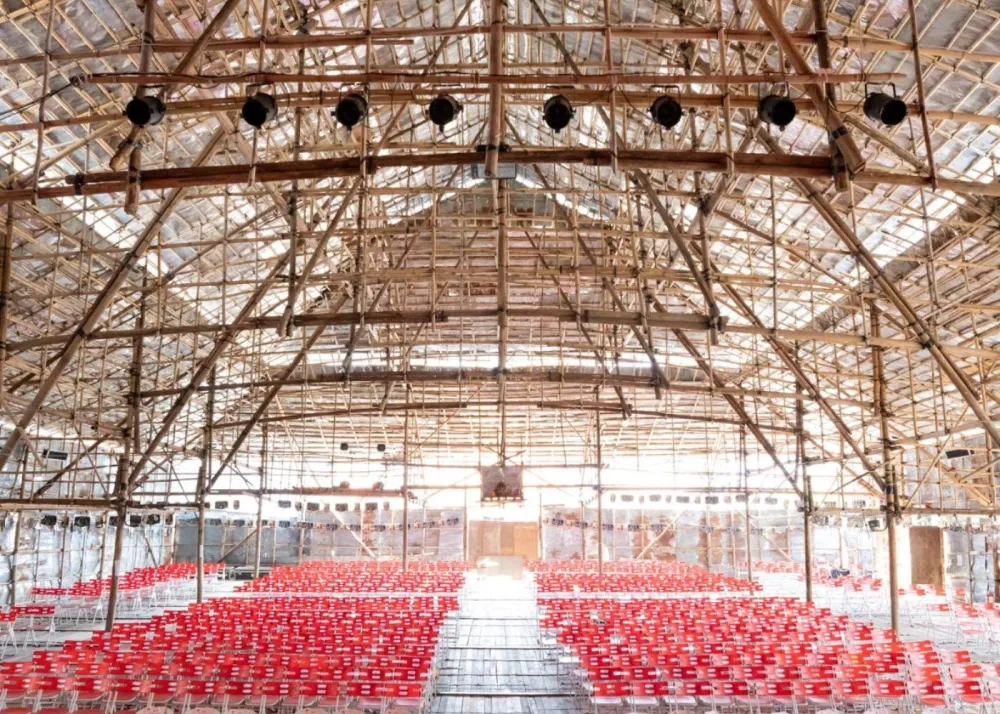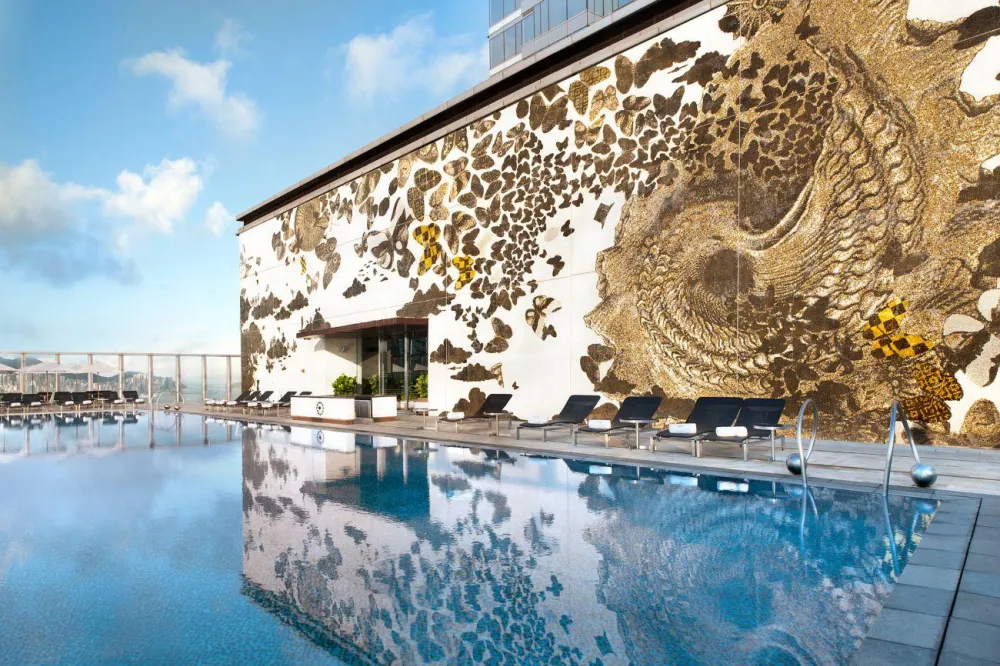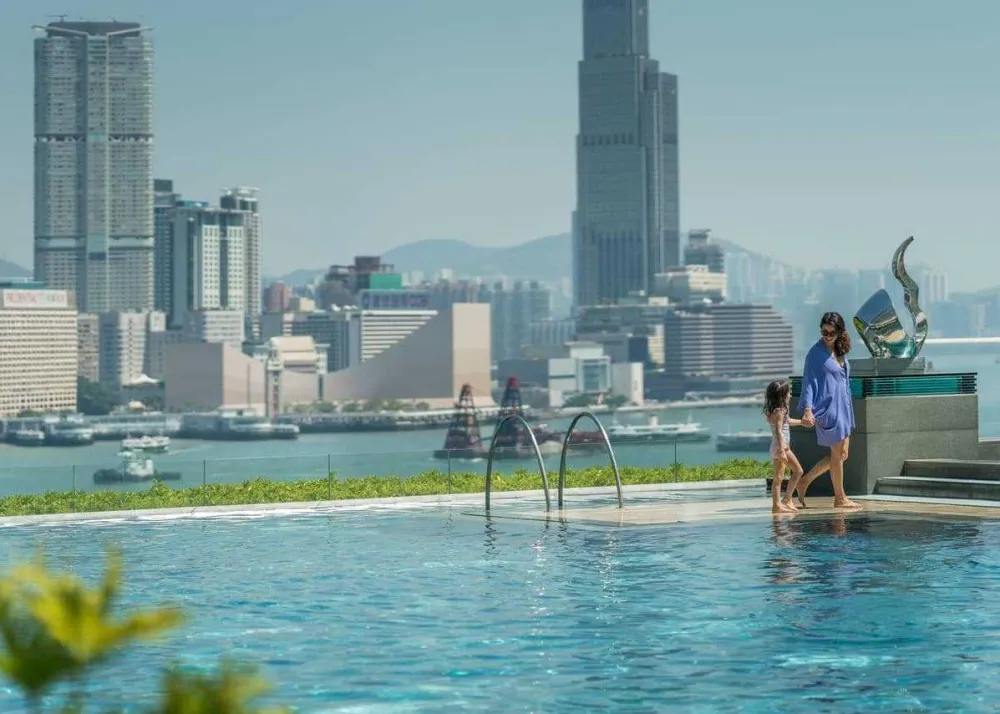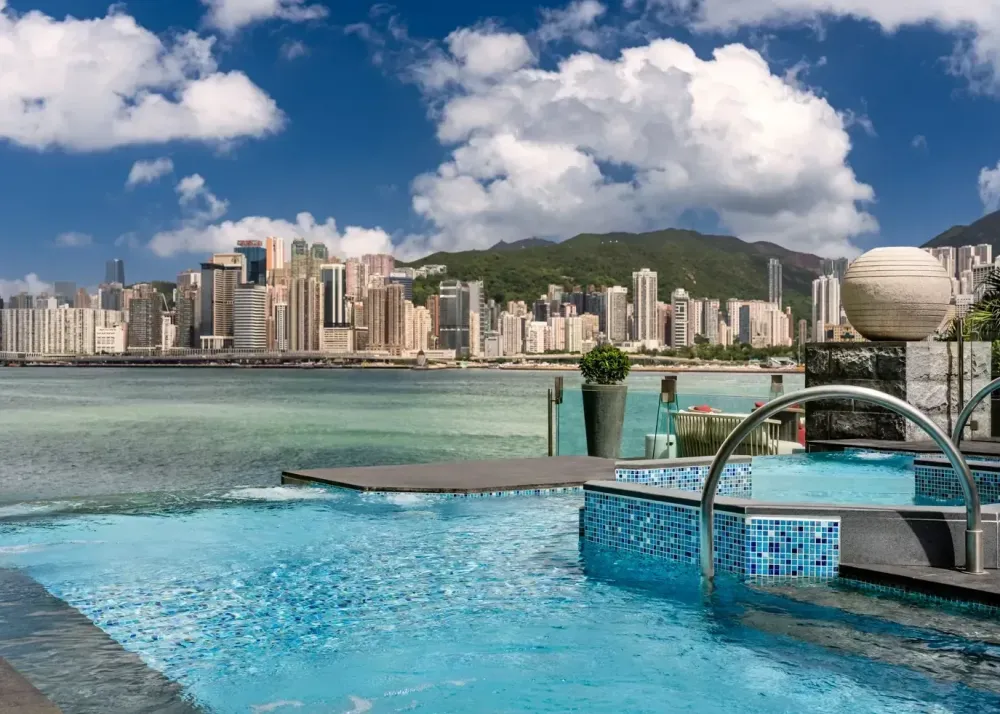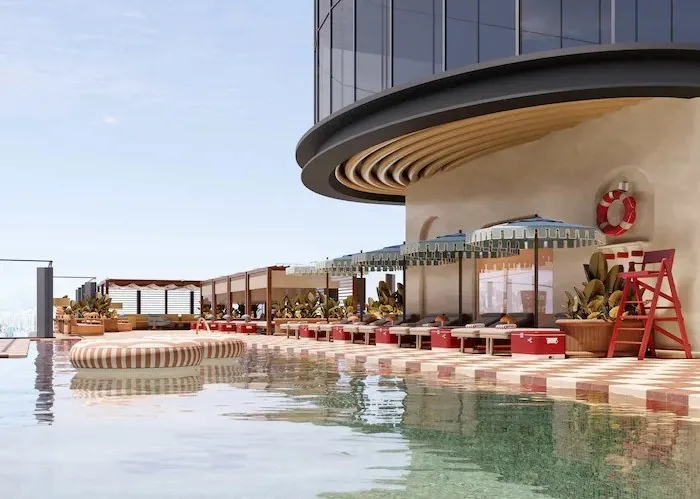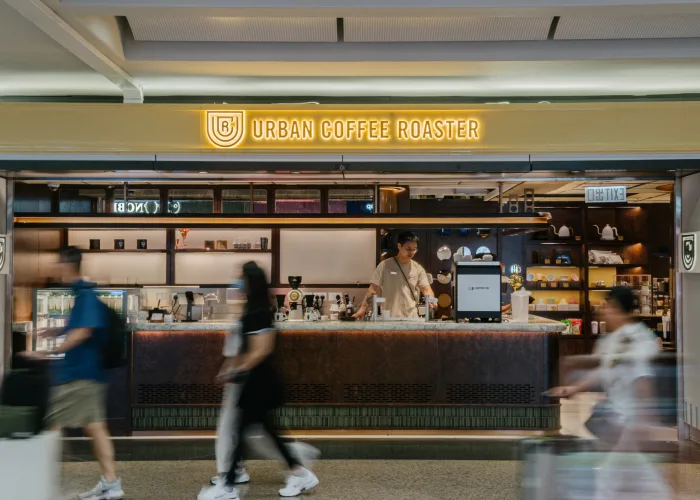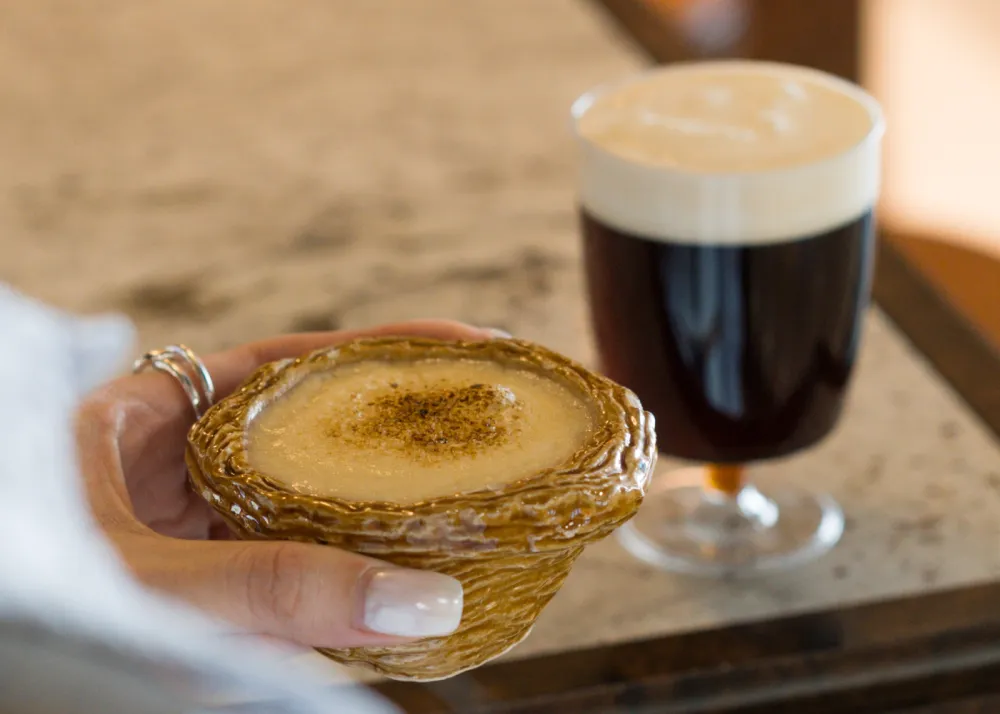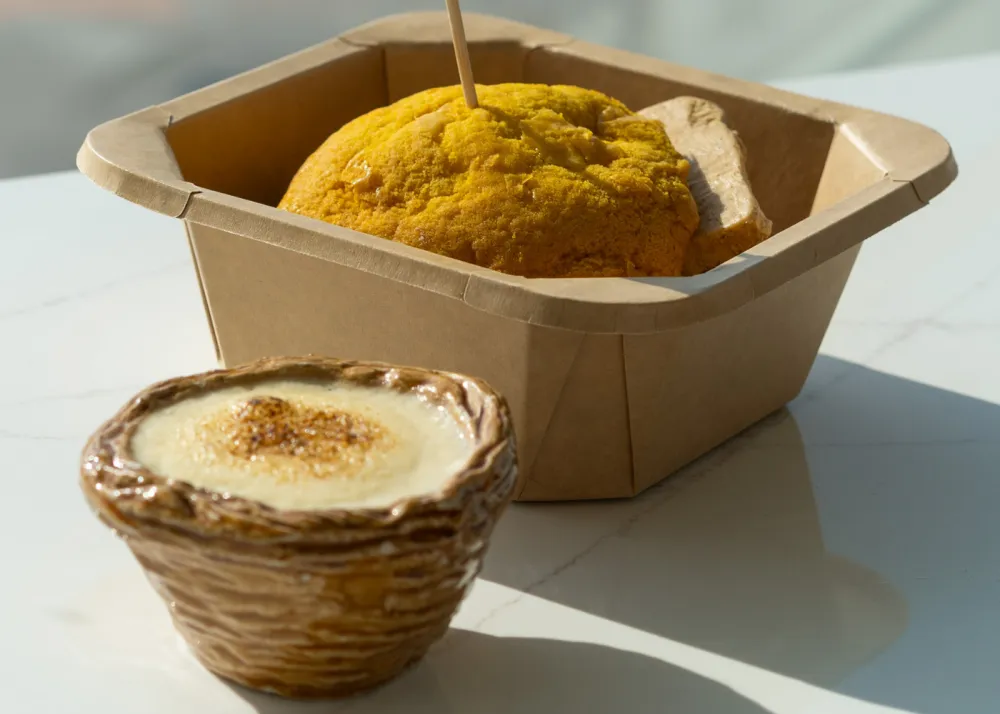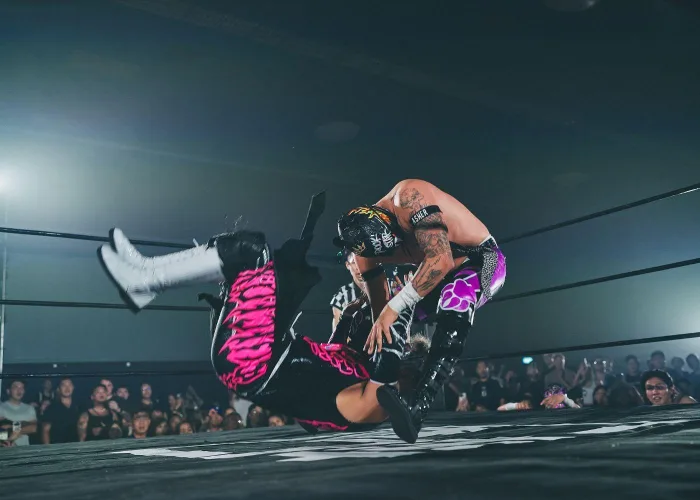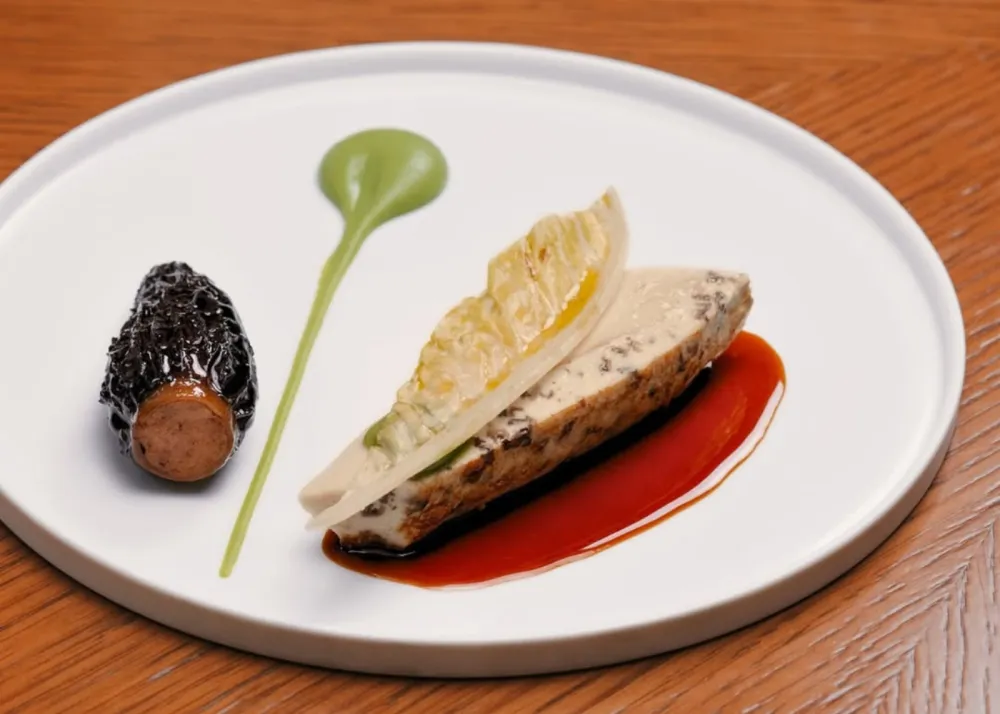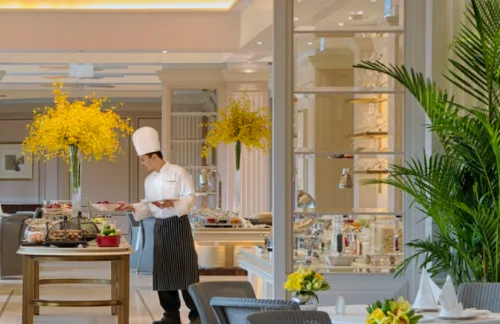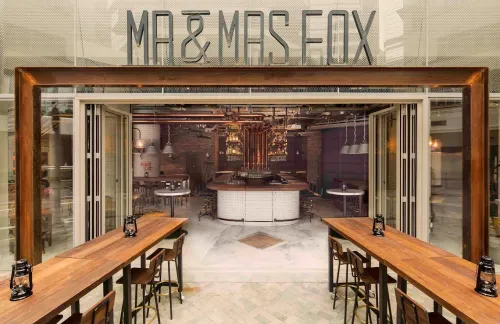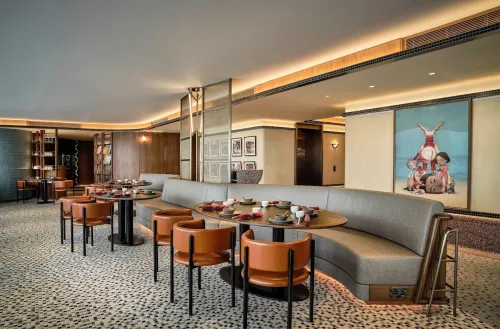The Story of Hong Kong's Colonial Postboxes

Nearing the 25 years of Chinese sovereignty since the transfer of power from the United Kingdom to China in 1997, Hong Kong possesses very few lasting physical artefacts of its former colonial parent.
As the British empire’s last colonial outpost, the import of the Britain’s late 20th century architecture and design can be seen in parallels with today’s modern London.
This is no more apparent in the few remaining colonial postboxes left by the British government during the 19th century colonial period and prior to the handover.
Painted green with the Royal British post insignia hidden underneath, 56 of the former 1,200 postboxes still exist on the streets of Hong Kong.

A 19th Century Postbox Revolution
The first two cast-iron British post boxes were imported from the U.K. arriving to Hong Kong in 1878 with a need to serve the small British community of aristocrats and citizens in communication in the city and abroad in the U.K.
The Greek-style pillar box was unique: it sported a lengthy shaft with engraved columns lining the cylinder, with a thumb tack head reading “POST OFFICE” and the British insignia – VR (Queen Victoria) with a Crown placed above - plastered on the shaft bottom.
Fifty-one years following Britain’s claim to ruling Hong Kong, the colonial forces imported their second batch of 12 pillar boxes in 1892.
The former-7th Governor of Hong Kong and then-Postmaster General, Sir Arthur Kennedy Travers, saw his post box revolution, fit with shops selling stamps, as a need “to shorten the distance that Chinese have to carry their Australian, San Francisco, and Singapore correspondence.”
The original 14 pillar boxes were installed near present-day Victoria Peak, Magazine Gap, Tsim Sha Tsui, Central, and Sheung Wan.

King George V and VI and Familial Love for Post
With the reign of King George V, father of Edward VII, beginning in 1910, Hong Kong’s postal fever raised to new heights at the turn of the century. By 1923, Britain’s red cast-iron post boxes saw themselves planted in deeper parts of the colonised Kowloon and into New Territories.
Twelve new postboxes were installed that year, with the first three New Territories boxes installed in Un Long, Taipo Market and Taipo Kau, adding to a count of 37 from 1935.
Prior to Britain’s colonisation, a modern Hong Kong lacked services and facilities to process mail – the red postbox proved popular among residents. Early records during the reign of King George V and VI stated that postboxes were both a vital part to the operation of the Post Office and in demand by the general public.

Residents in Ap Lei Chau village, Wan Chai, and Cheung Chau set up petitions in 1926 and 1934, respectively, asking the government to provide more postboxes to serve nearby residents.
However, the costly fee of manufacturing an iron red postbox in the U.K. – costing upwards of HK$250, engraving the equipment with the KGV/KGVI insignia, and shipping to Hong Kong outweighed demand, unless a large enough community petitioned.
According to local historians, the George post box designs remain the most beautiful and rarest. Today, only nine remain in service dotted around central Kowloon, northeast New Territories, and one on Cheung Chau, Lamma Island, and Lantau Island. One lays in the Hong Kong Museum.


A Modern Postbox for a Modern Queen
As Queen Elizabeth II assumed her reign of Britain and her colonies in 1952, the import and servicing of Britain’s red boxes was still satisfied by a requirement to “provision posting boxes for posting potential and the Post Office ability to make available arrangements to collect the mail” as detailed by a government document in 1966.
In the 1970s, the red cast-iron post boxes, then embossed with the familiar insignia that dots thousands of boxes in the U.K., were continued to be commissioned from London and shipped to Hong Kong as per public requests.
However, in the early 1980s, Hong Kong’s import activities of red postboxes were halted when a decision was made by the Post Office to locally produce metal plates for post boxes. From 1988, new postboxes in the city were made in fiberglass by prisoners in Hong Kong, until 1996 when the Correctional Services Department stopped manufacturing in favour of local suppliers.
The introduction of the new rectangular Post Office with varying shapes and sizes to carter for neighbourhood population sizes, soon forced the reduction of the cast-iron postboxes, when replacements were needed.
“Reflecting the new initiatives and the progressive Change that were being made within Hong Kong Post,” at the turn of the handover, the former Postmaster General Luk Ping-chuen in 2001 ordered all colonial post boxes to have areas painted in red to become light green, and sections originally painted in black to become light purple.

Conservation and Future for the Royal Green
In an effort to preserve the artefacts in the last years of the 20th century, the General Post Office donated seven Royal cast-iron boxes to the Hong Kong Museum of History in the late 1980s and early 1990s, Singapore’s Philatelic Museum in 1997, and The British Postal Museum in 1998.
Of the current 1,148 iron mailboxes that dot Hong Kong, 58 still bear the royal insignia, albeit painted green and plastered with multilingual signs and Hong Kong Post office signage. The count includes 28 pillar boxes and 30 wall boxes, accounting for approximately 5% of in-service postboxes in Hong Kong.
Following the handover of sovereignty to mainland Chinese, the Post Office continues to maintain the use of the iron boxes in their city-wide services.
In February 2013, the nine British colonial postboxes still in service were selected by the Antiquities and Monuments Office for conservation efforts to preserve the state of the artefacts, including re-painting, de-rusting, and regular cleaning.

"Postboxes, irrespective of their year of commissioning, are part of the postal network for service delivery. We will therefore continue to maintain them in good and serviceable condition until they are beyond repair," Hong Kong Post spokesperson Mary Chung said in a report in September 2012.
"We think the best way to preserve these iconic items is to keep them in use rather than putting them in museums as historic exhibits. Nevertheless, we have also arranged a display of some vintage posting boxes at the Postal Gallery [in the General Post Office] and the Hong Kong Museum of History."
However, a decision by Hong Kong post office authorities in 2015 to cover up the British royal insignia of the colonial-era post boxes was met with protest and online uproar from conservationists and historians.
With the government office brandishing the insignia as “inappropriate,” suggesting that the royal elements of the few century-old post boxes may cause “confusion.” This came as former Beijing communist party official, Chen Zuo’er berated Hong Kong officials in September 2015 for their failure to “de-colonise” the city.

To explore the few British postboxes still servicing the city, find the online archive as supported by the Changchun Society of Hong Kong.
Subscribe to The Beat's newsletter to receive compelling, curated content straight to your inbox! You can also create an account with us for free to start bookmarking articles for later reading.



